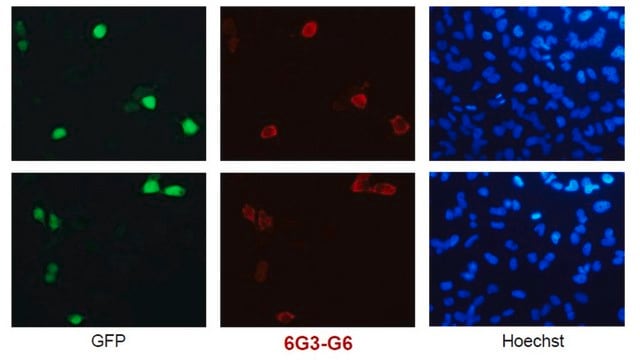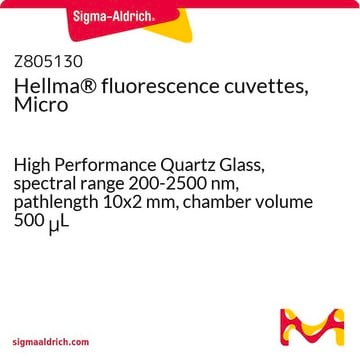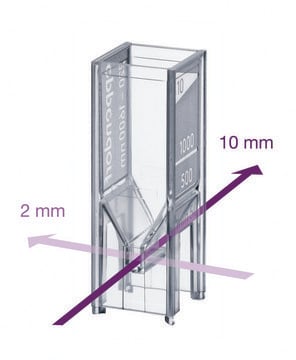ZMS1075
Anti-SARS-CoV-1/2 NP Antibody, clone 1C7C7 ZooMAb® Mouse Monoclonal

recombinant, expressed in HEK 293 cells
Synonim(y):
NC, Nucleocapsid protein, Protein N.
About This Item
Polecane produkty
pochodzenie biologiczne
mouse (recombinant)
Poziom jakości
rekombinowane
expressed in HEK 293 cells
białko sprzężone
unconjugated
forma przeciwciała
purified antibody
rodzaj przeciwciała
primary antibodies
klon
1C7C7, recombinant monoclonal
linia produktu
ZooMAb® learn more
Postać
lyophilized
masa cząsteczkowa
calculated mol wt 45.63 kDa (SARS-CoV-2)
calculated mol wt 46.03 kDa (SARS-CoV)
observed mol wt ~46 kDa
reaktywność gatunkowa
SARS virus
opakowanie
antibody small pack of 25 μL
charakterystyka ekologicznej alternatywy
Waste Prevention
Designing Safer Chemicals
Design for Energy Efficiency
Learn more about the Principles of Green Chemistry.
rozszerzona walidacja
recombinant expression
Learn more about Antibody Enhanced Validation
sustainability
Greener Alternative Product
metody
affinity binding assay: suitable
flow cytometry: 1 μg/mL
immunocytochemistry: suitable
western blot: 1 μg/mL
izotyp
IgG2aκ
kategoria ekologicznej alternatywy
, Aligned
Warunki transportu
ambient
temp. przechowywania
2-8°C
docelowa modyfikacja potranslacyjna
unmodified
informacje o genach
SARS coronavirus ... N(43740575)
SARS virus ... N(1489678)
Opis ogólny
Each ZooMAb antibody is manufactured using our proprietary recombinant expression system, purified to homogeneity, and precisely dispensed to produce robust and highly reproducible lot-to-lot consistency. Only top-performing clones are released for use by researchers. Each antibody is validated for high specificity and affinity across multiple applications, including its most commonly used application. ZooMAb antibodies are reliably available and ready to ship when you need them.
Learn more about ZooMAb here.
Specyficzność
Immunogen
Zastosowanie
Immunocytochemistry Analysis: 1 μg/mL from a representative lot detected SARS-CoV-1/2 NP in Vero E6 cells infected with SARs-CoV-2 (Courtesy of Dr Ana Fernandez-Sesma Laboratory, Icahn School of Medicine at Mount Sinai (ISMMS), New York).
Western Blotting Analysis: A 1:5,000 dilution of this antibody detected SARS-CoV-1/2 NP in lysate from A549 cells infected with SARS-CoV-2 (Courtesy of Jeff Johnson Laboratory, Icahn School of Medicine at Mount Sinai (ISMMS).
Affinity Binding Assay: This antibody bound recombinant nucleoprotein from SARS-CoV-1/2 with a KD of 4.4 x 10-7 in an affinity binding assay.
Note: Actual optimal working dilutions must be determined by end user as specimens, and experimental conditions may vary with the end user
Opis wartości docelowych
Postać fizyczna
Rekonstytucja
Przechowywanie i stabilność
Informacje prawne
Oświadczenie o zrzeczeniu się odpowiedzialności
Data presented is the available current product information and provided as-is. These products have not been tested or verified in any additional applications, sample types, including any clinical use. Experimental conditions must be empirically derived by the user. Our Antibody Guarantee only covers tested applications stated herein and conditions presented in our product information and is not extended to publications.
Not finding the right product?
Try our Narzędzie selektora produktów.
Kod klasy składowania
11 - Combustible Solids
Klasa zagrożenia wodnego (WGK)
WGK 1
Temperatura zapłonu (°F)
Not applicable
Temperatura zapłonu (°C)
Not applicable
Certyfikaty analizy (CoA)
Poszukaj Certyfikaty analizy (CoA), wpisując numer partii/serii produktów. Numery serii i partii można znaleźć na etykiecie produktu po słowach „seria” lub „partia”.
Masz już ten produkt?
Dokumenty związane z niedawno zakupionymi produktami zostały zamieszczone w Bibliotece dokumentów.
Nasz zespół naukowców ma doświadczenie we wszystkich obszarach badań, w tym w naukach przyrodniczych, materiałoznawstwie, syntezie chemicznej, chromatografii, analityce i wielu innych dziedzinach.
Skontaktuj się z zespołem ds. pomocy technicznej




